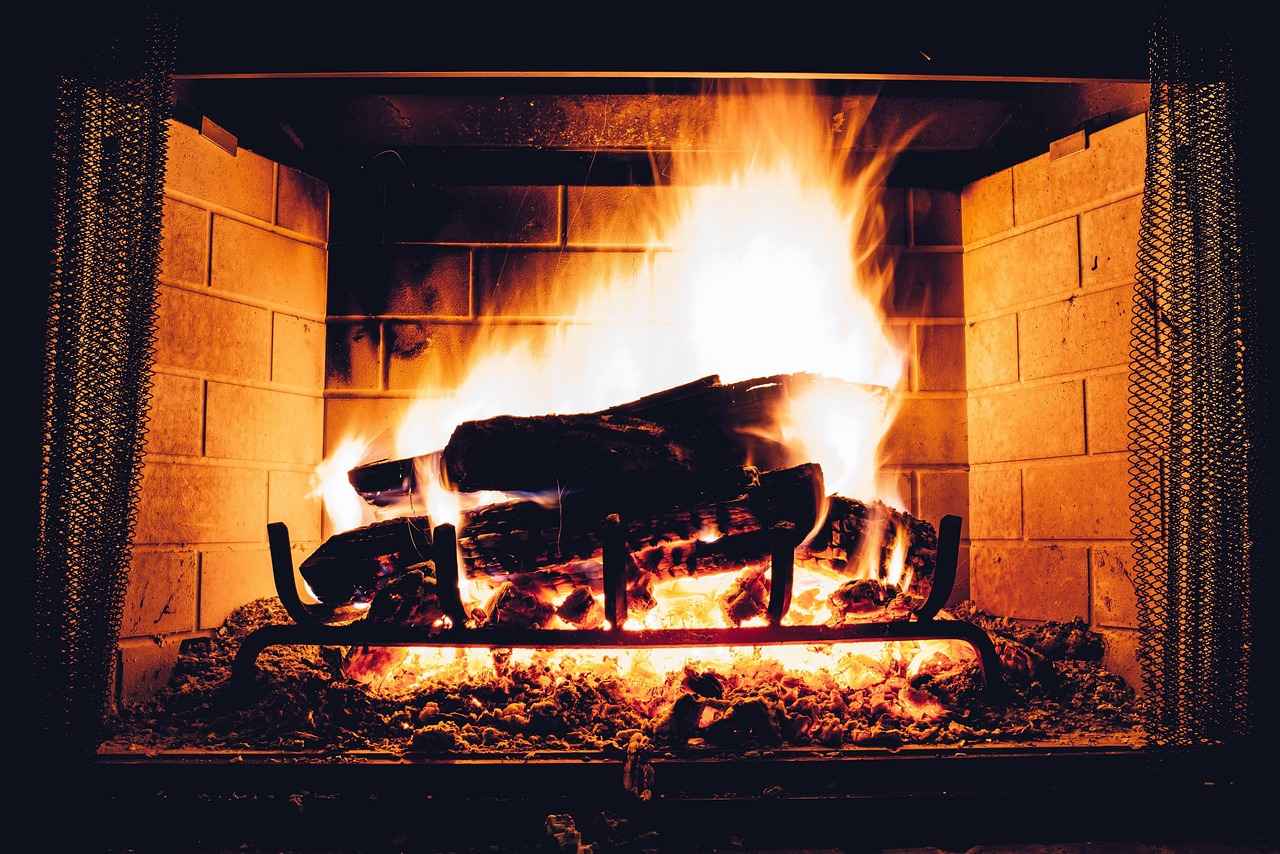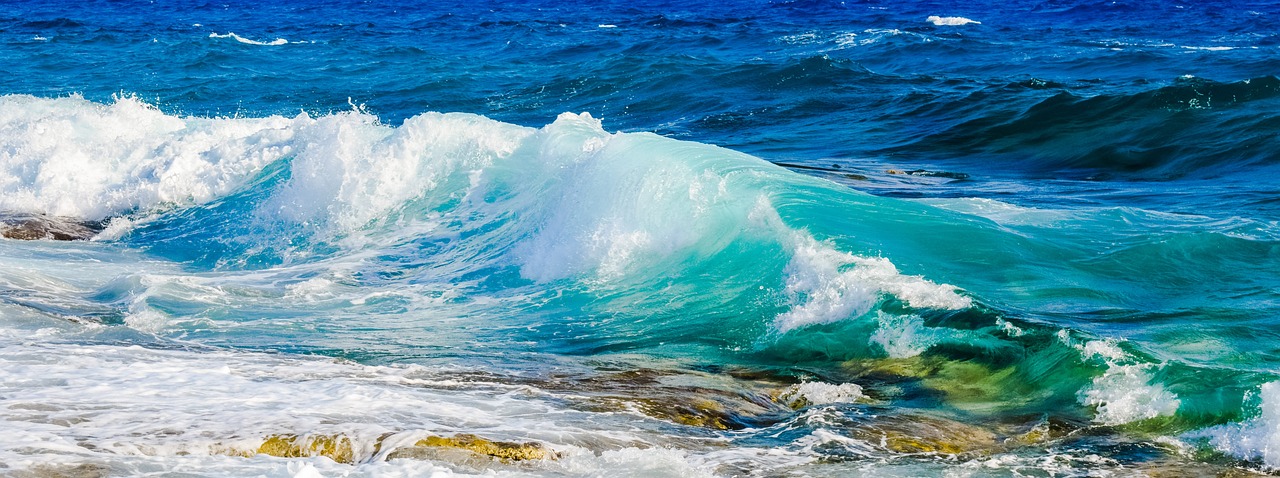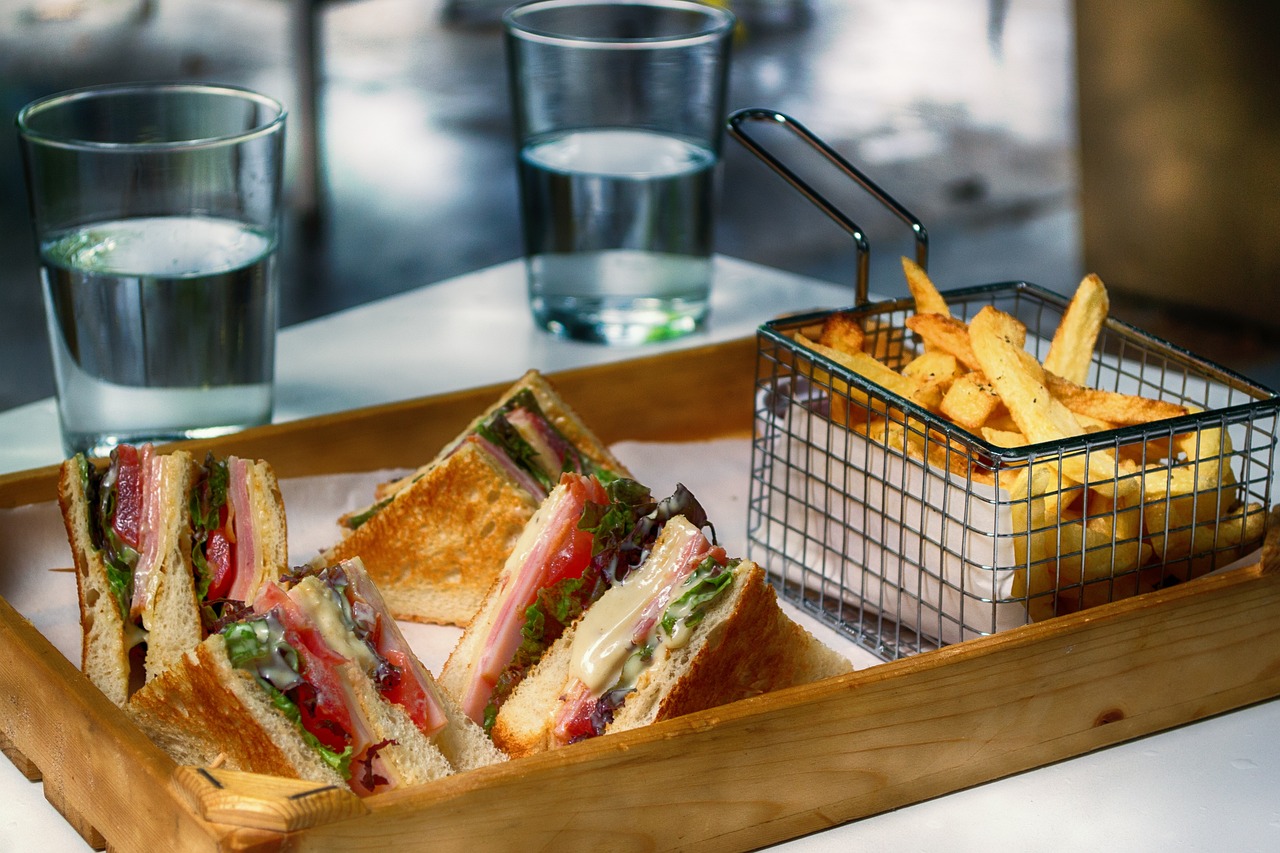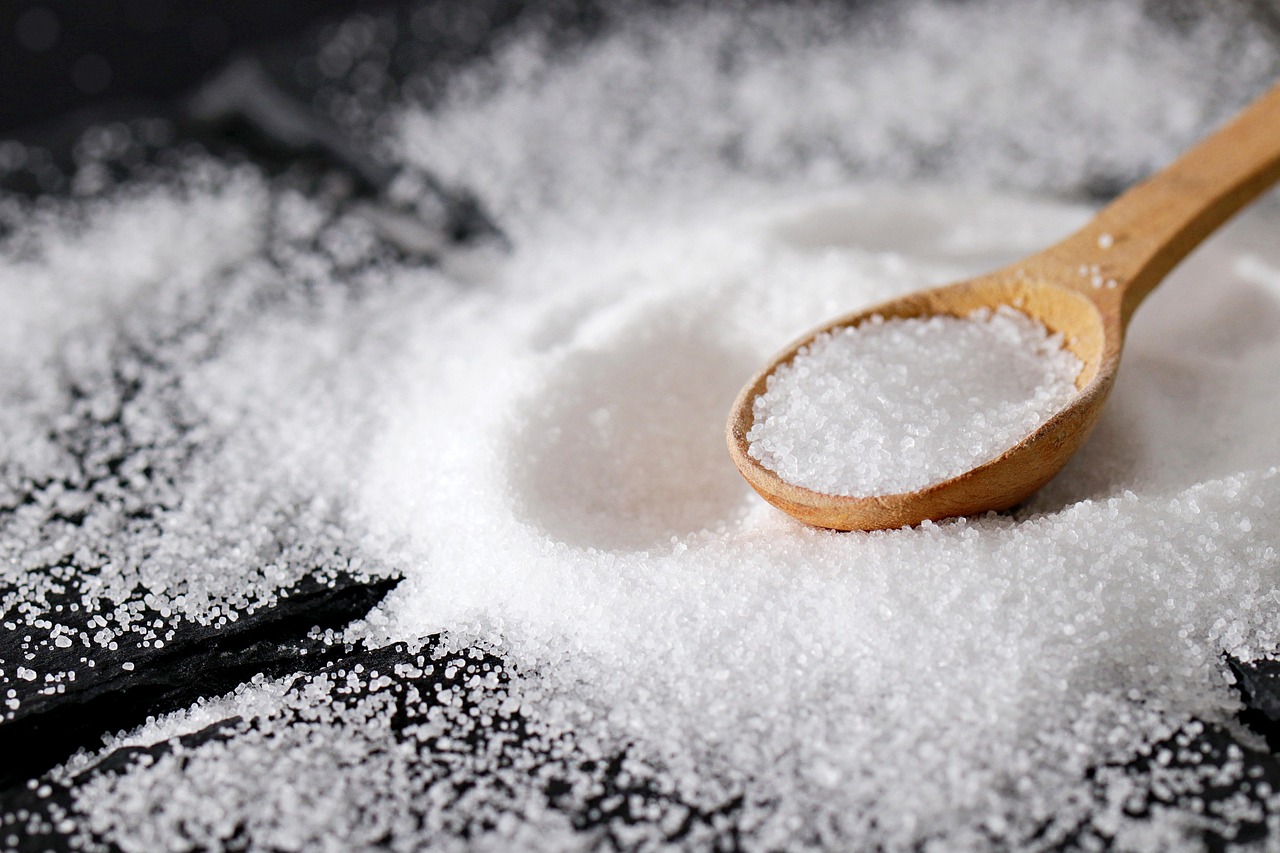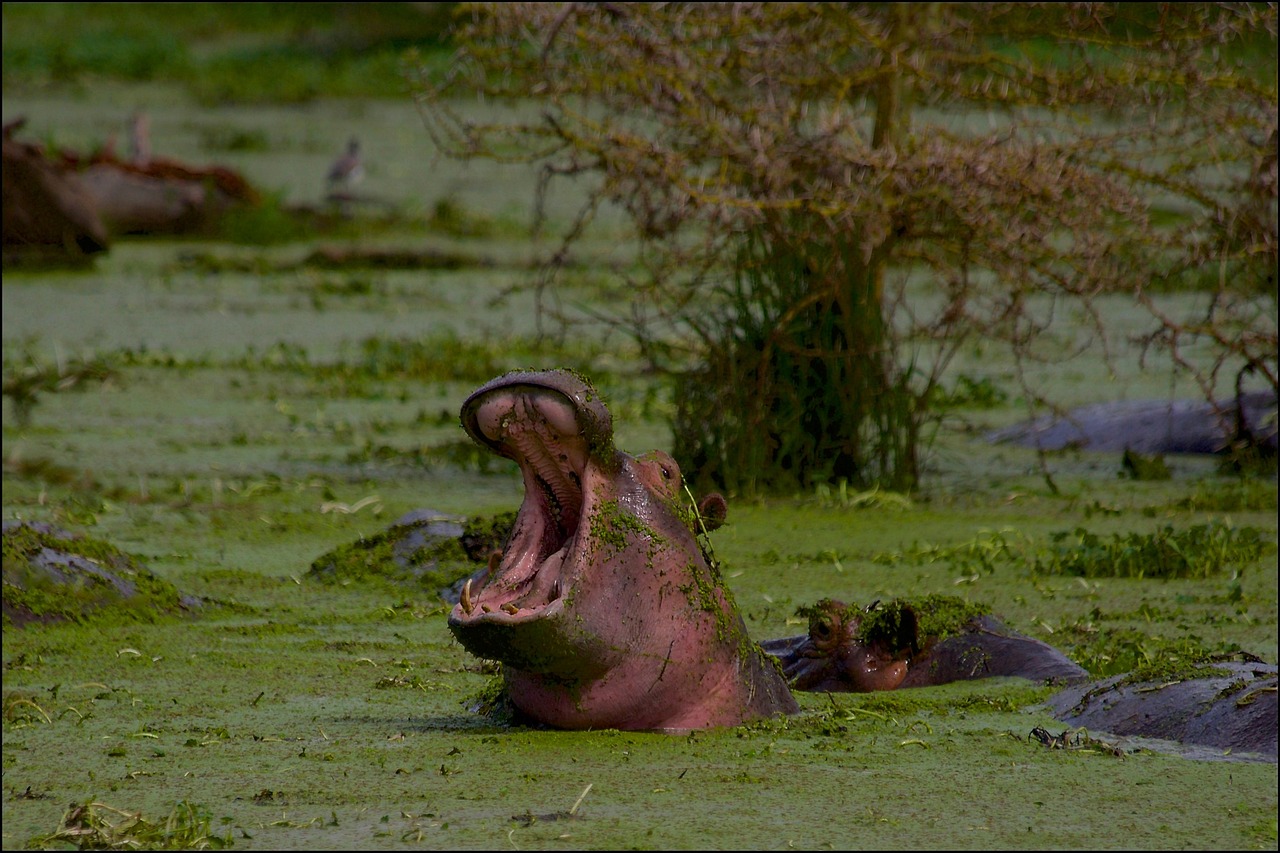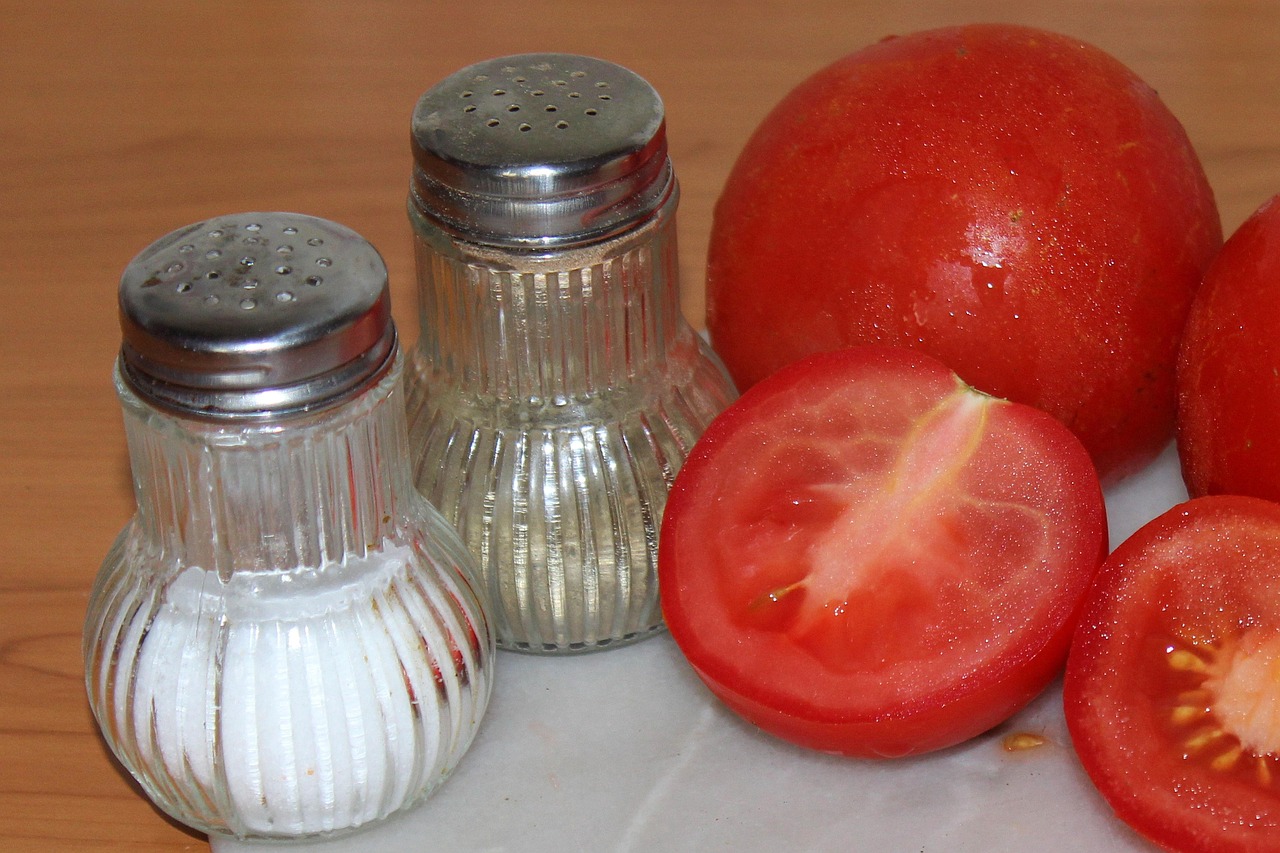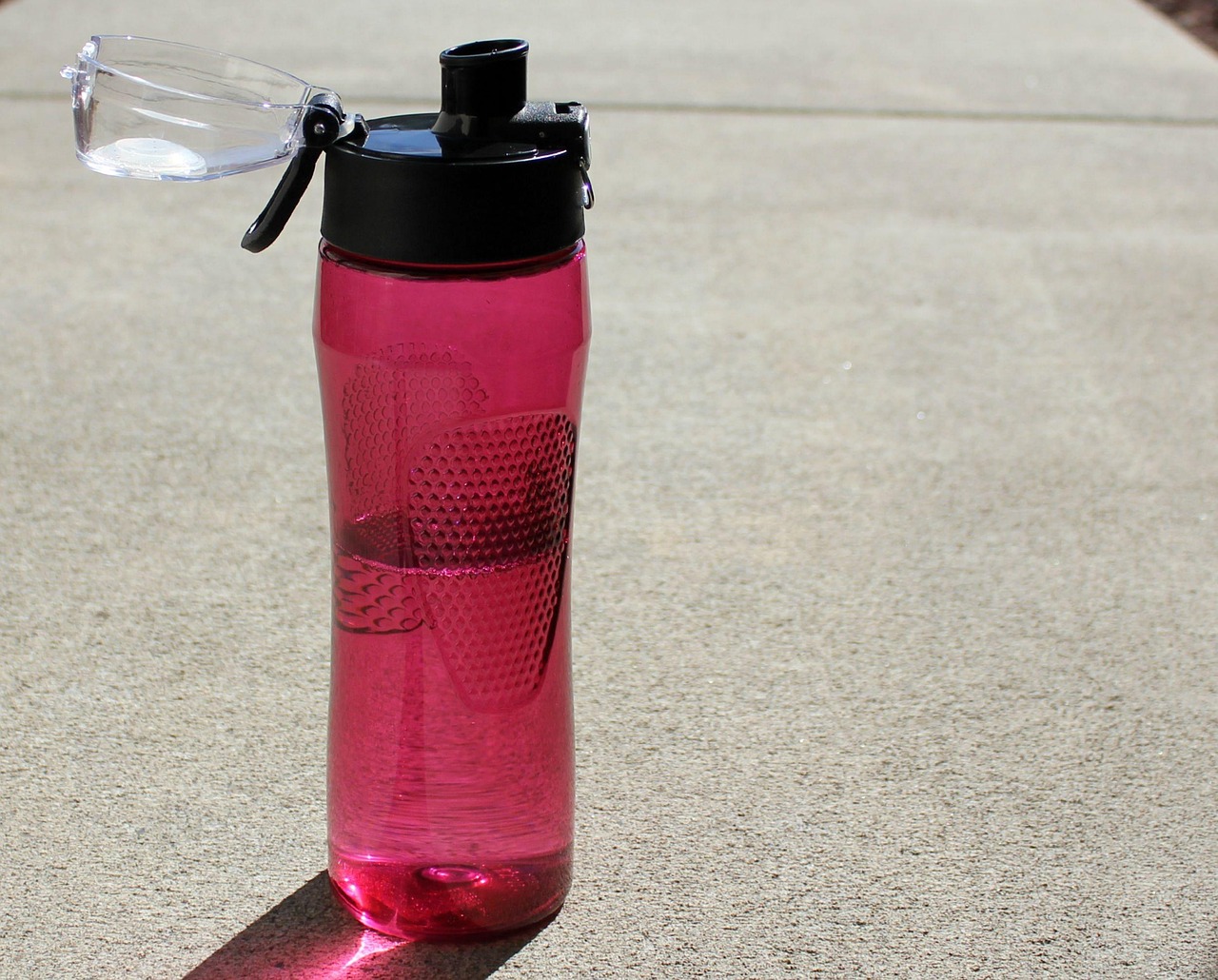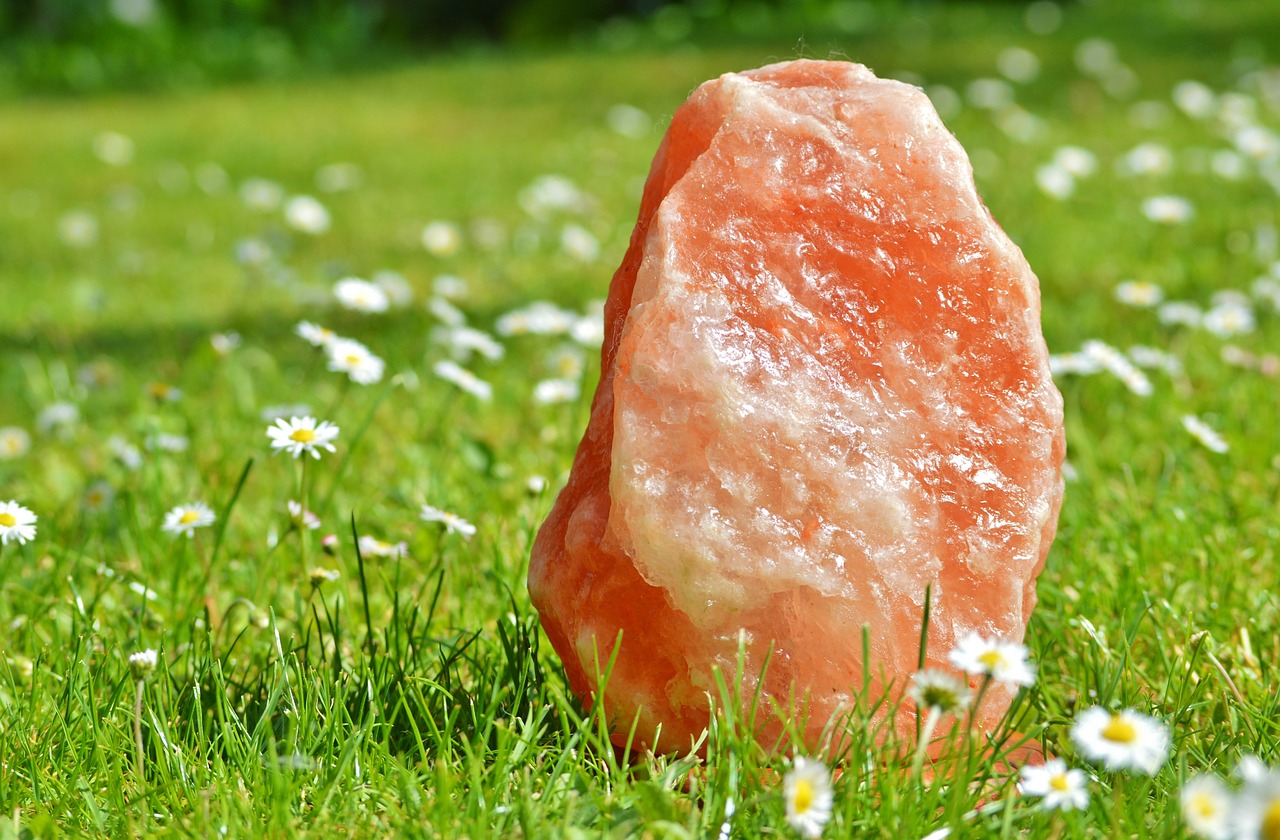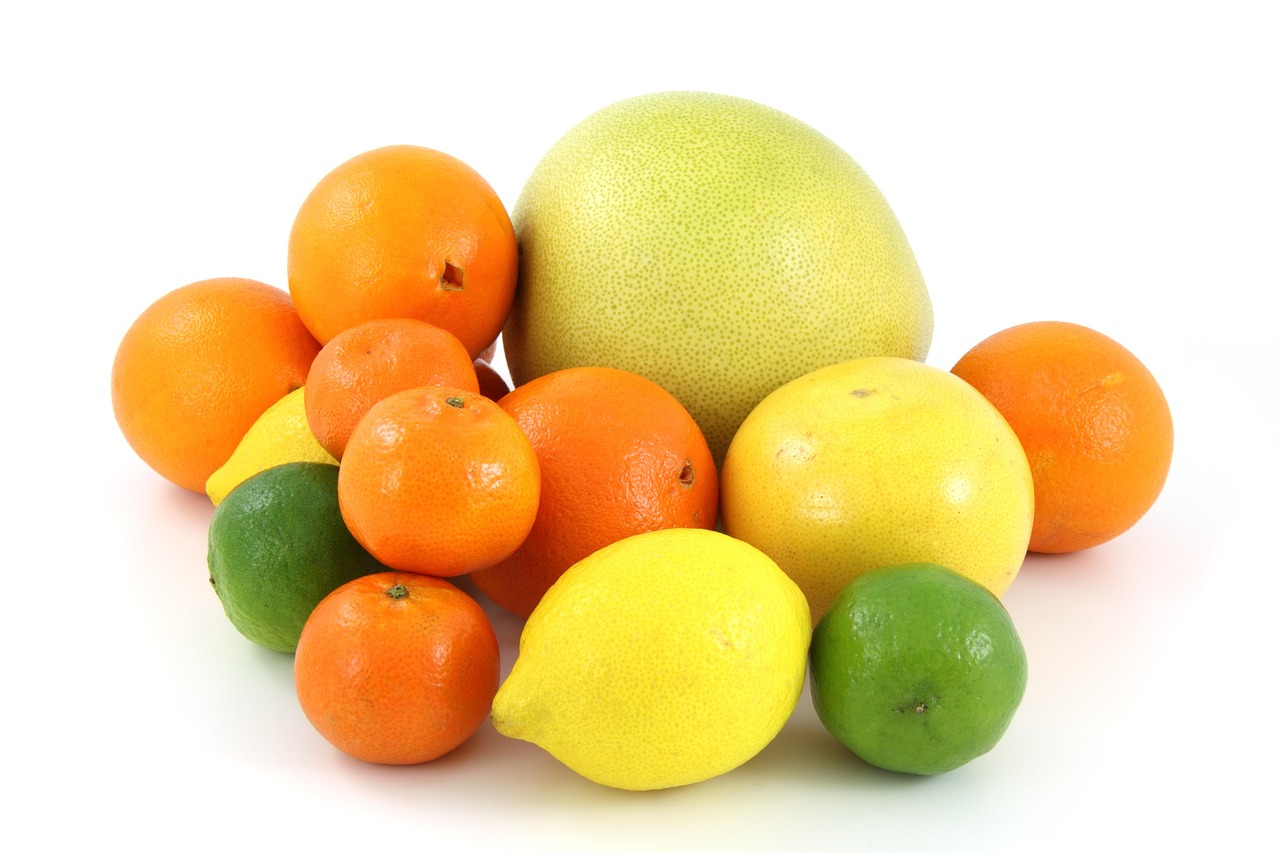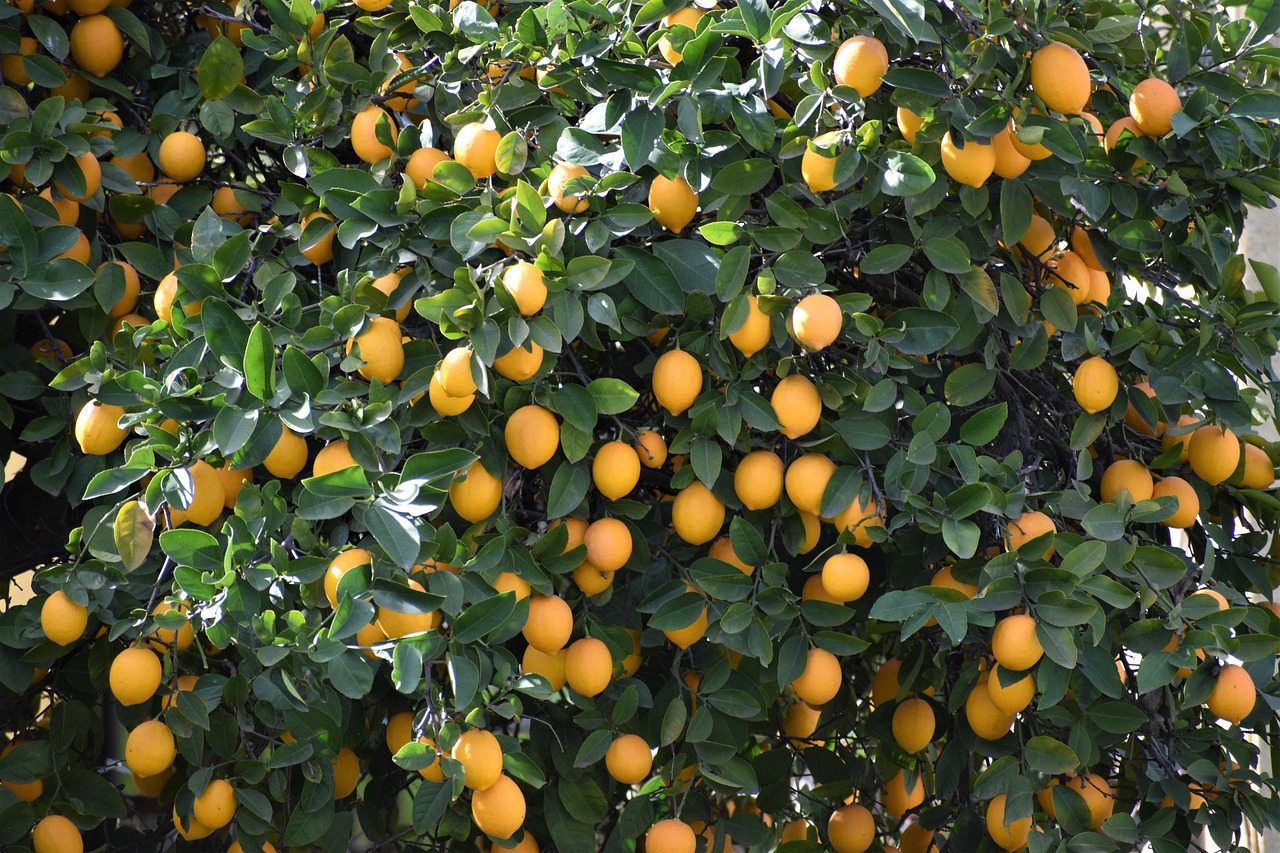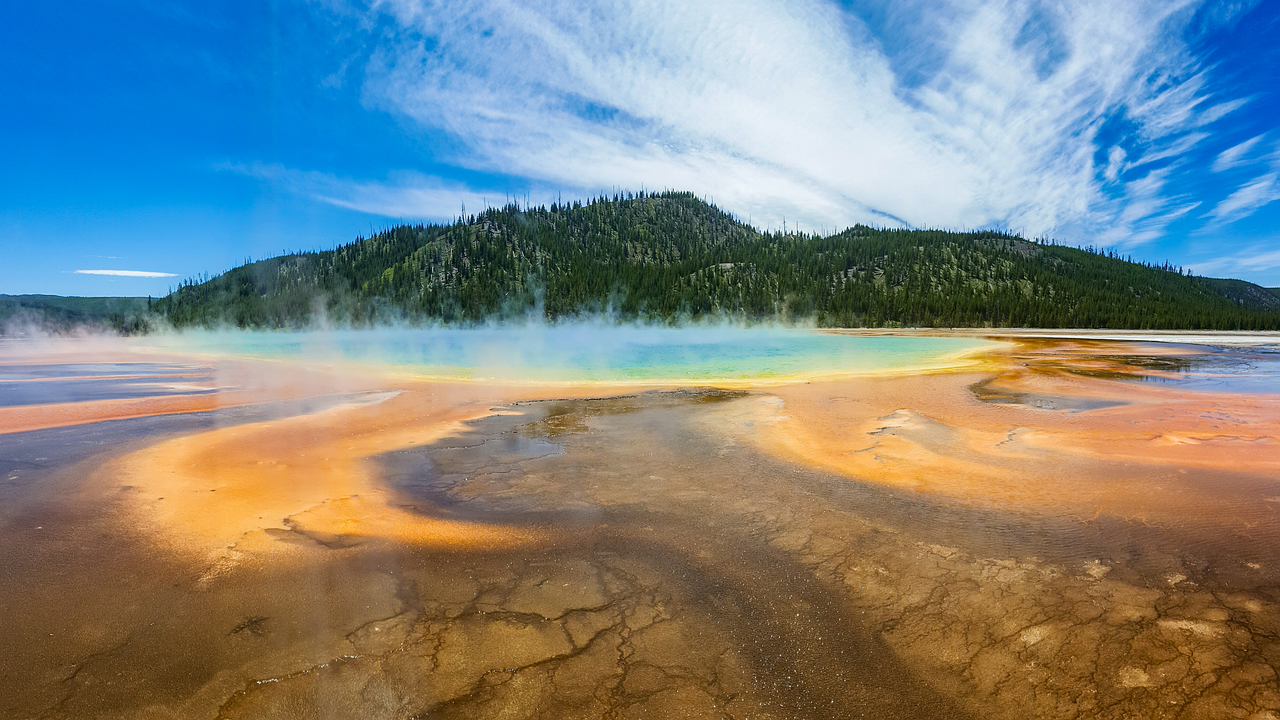This article explores the intriguing phenomenon known as the Mpemba effect, which suggests that warm water can freeze faster than cold water under certain conditions. We will delve into the science behind this counterintuitive observation.
The Mpemba effect has fascinated scientists and laypeople alike for decades. First documented by a Tanzanian student named Erasto Mpemba in the 1960s, this effect challenges our intuitive understanding of thermodynamics. But why does warm water sometimes freeze faster than cold water? To answer this question, we must explore the underlying science and the various factors at play.
The Mpemba effect refers to the counterintuitive observation that warmer water can freeze faster than colder water. This phenomenon has historical significance, as it has puzzled researchers and sparked numerous studies aimed at uncovering its mechanisms. The effect is not universally accepted, leading to ongoing debates in the scientific community.
To grasp why warm water may freeze faster, it’s essential to understand the freezing process. Water is a unique substance, and its molecular structure plays a crucial role in how it behaves when temperatures drop.
Water molecules move at different speeds depending on their temperature. In warmer water, molecules possess more kinetic energy, resulting in faster movement. This increased molecular activity can influence the freezing process, as it affects how quickly the water can lose heat.
Energy transfer is a critical factor in the freezing process. When warm water is placed in a cold environment, it may initially lose heat more rapidly due to a greater temperature difference compared to cold water. This rapid heat loss can lead to a quicker freezing time under certain conditions.
The unique hydrogen bonding in water contributes to its freezing behavior. As water cools, these bonds begin to form a crystalline structure. In warm water, the dynamic nature of the molecules may lead to a more efficient arrangement of these bonds, potentially facilitating faster freezing.
Various environmental conditions can impact the freezing rate of water. Factors such as air pressure, humidity, and the shape of the container can all influence how quickly water freezes. For example, a wider container may allow for more surface area exposure, leading to faster cooling and freezing.
Numerous experiments have been conducted to validate the Mpemba effect. Researchers have employed various methodologies to determine the conditions under which warm water freezes faster than cold water. Some studies have shown positive results, while others have failed to replicate the effect.
One significant study conducted by scientists involved controlled environments where variables such as container material and water purity were carefully monitored. The findings indicated that under specific conditions, warm water did freeze faster, reinforcing the need for further exploration into this phenomenon.
Despite various studies, the Mpemba effect remains a topic of debate. Some scientists argue that the effect is not consistently reproducible, while others believe it highlights the complexities of water behavior. This ongoing controversy encourages further research and experimentation to uncover the true nature of the Mpemba effect.
Understanding why warm water freezes faster can have practical applications in everyday life and various industries. For instance, leveraging the Mpemba effect could lead to advancements in refrigeration technology and food preservation.
The Mpemba effect could influence advancements in refrigeration technology. By utilizing this phenomenon, manufacturers may improve efficiency in freezing processes, potentially leading to energy savings and enhanced product quality.
In cooking and food storage, knowledge of the Mpemba effect can be beneficial. For instance, if you need to freeze leftovers quickly, starting with warm food could expedite the freezing process, preserving texture and flavor.
The Mpemba effect presents a fascinating mystery in the world of physics and chemistry. As research continues, our understanding of this phenomenon may evolve, shedding light on the complexities of water behavior.
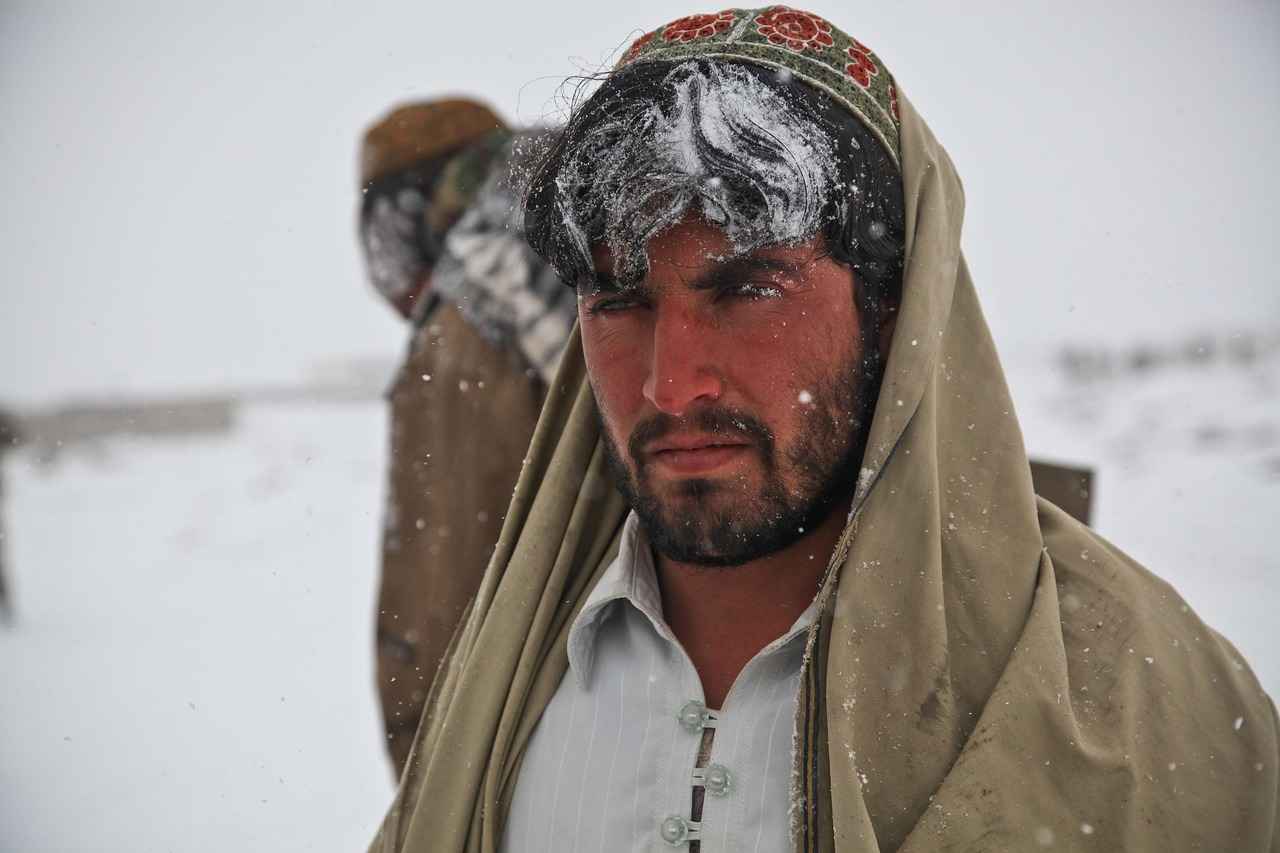
Understanding the Mpemba Effect
The Mpemba effect is a fascinating phenomenon that challenges our conventional understanding of thermodynamics. It describes the observation that warm water can freeze faster than cold water under certain conditions. This counterintuitive behavior has intrigued scientists and laypeople alike for centuries, prompting a deeper investigation into the underlying mechanisms at play.
Historically, the Mpemba effect takes its name from Erasto Mpemba, a Tanzanian student who, in 1963, noted that hot ice cream mix froze faster than cold mix during a school experiment. His observations, initially dismissed, sparked interest and led to further research. The effect has been documented in various studies since then, yet it remains a topic of debate among scientists.
- Historical Context: The Mpemba effect’s roots can be traced back to ancient philosophers who pondered the nature of water. However, it wasn’t until the 20th century that rigorous scientific inquiry began.
- Significance: Understanding this phenomenon is crucial, not only for theoretical physics but also for practical applications in fields such as refrigeration and food preservation.
To comprehend why warm water might freeze faster, we must explore the science behind freezing water. The freezing process involves the transition of water molecules from a liquid state to a solid state, which is influenced by temperature.
At higher temperatures, water molecules possess more kinetic energy, leading to increased movement. This molecular activity can create conditions that facilitate faster freezing under specific circumstances. For instance, warm water may experience greater evaporation, reducing its volume and allowing it to freeze more quickly. Additionally, the hydrogen bonding in water plays a crucial role in its freezing behavior, as these bonds rearrange during the transition to ice.
Environmental factors also significantly impact the freezing rate of water. Conditions such as air pressure, humidity, and the shape of the container can all influence how quickly water freezes. For example, water in a shallow container may freeze faster than in a deep one due to increased surface area exposure.
Numerous experiments have been conducted to validate the Mpemba effect. Some notable studies include:
- A 2012 study by researchers at the University of Oregon, which demonstrated that under specific conditions, warm water can indeed freeze faster than cold water.
- Another experiment conducted in 2018 highlighted the role of evaporation and supercooling in the freezing process.
Despite the evidence supporting the Mpemba effect, it remains a contentious topic. Scientists continue to debate the reproducibility of the effect and the mechanisms behind it. Some argue that the phenomenon is not universally applicable, while others believe that specific conditions must be met for it to occur.
Understanding the Mpemba effect has practical implications, particularly in refrigeration technology. By leveraging this phenomenon, advancements can be made to improve the efficiency of freezing processes, potentially reducing energy consumption.
In everyday life, knowledge of the Mpemba effect can also be beneficial. For instance, when cooking or storing food, using warm water in certain situations may lead to faster freezing times, which can be advantageous for preserving freshness.
In conclusion, the Mpemba effect represents a captivating mystery within the realms of physics and chemistry. Ongoing research continues to shed light on this phenomenon, revealing the complexities of water behavior and its implications for both science and daily life.
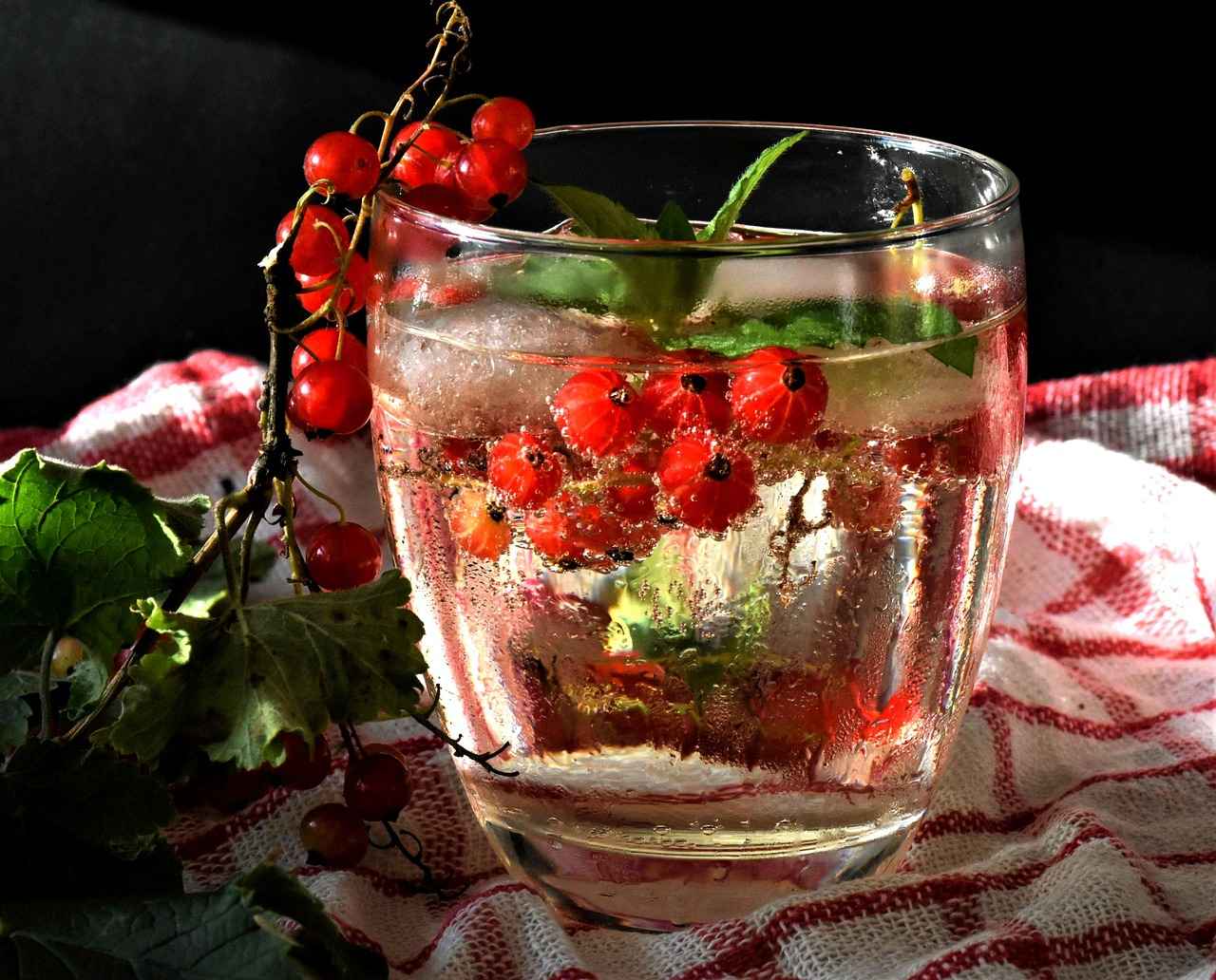
The Science Behind Freezing Water
When delving into the fascinating world of water and its freezing properties, one must first understand the intricate science behind the freezing process. This section will focus on the molecular structure of water, the dynamics of temperature, and how these factors contribute to the phenomenon where warm water can freeze faster than cold water, known as the Mpemba effect.
Molecular Structure of Water
Water is composed of molecules that consist of two hydrogen atoms and one oxygen atom (H2O). These molecules exhibit a unique behavior due to their polar nature, which results in hydrogen bonding. These bonds are crucial for understanding how water freezes. At higher temperatures, water molecules possess more kinetic energy, causing them to move more rapidly and disrupt the hydrogen bonds that would typically stabilize the liquid state.
Temperature Effects on Molecular Movement
As the temperature of water rises, the molecules gain energy and begin to move faster. This increased molecular movement can lead to a situation where, upon cooling, the warmer water can lose its energy more efficiently than the colder water. In fact, when warm water is exposed to freezing conditions, the higher initial temperature allows it to reach the freezing point more quickly under certain circumstances.
Energy Transfer Dynamics
Energy transfer is a vital component of the freezing process. When warm water is placed in a cold environment, it experiences rapid energy loss. This process can be influenced by various factors, including the surface area of the water, the container’s material, and the surrounding air temperature. In some cases, the warm water may freeze faster than its colder counterpart due to the unique dynamics of energy transfer.
Hydrogen Bonding and Freezing
The hydrogen bonds in water play a pivotal role in its freezing behavior. As water cools, these bonds begin to form more readily, leading to the solidification of the liquid. However, in warm water, the disruption of these bonds may create conditions that allow for quicker freezing under specific circumstances. Understanding this interplay of molecular dynamics and bonding is essential for grasping the complexities of the Mpemba effect.
Environmental Factors Influencing Freezing
- Air Pressure: Changes in air pressure can affect the freezing point of water. Lower pressure can lead to faster freezing times.
- Humidity: The amount of moisture in the air can influence the rate at which water loses heat, impacting freezing times.
- Container Shape: The shape and material of the container holding the water can also play a crucial role in how quickly it freezes.
In summary, the freezing process of water is a complex interplay of molecular behavior, energy dynamics, and environmental factors. By understanding these elements, we can gain insight into why warm water may freeze faster than cold water under certain conditions. This phenomenon not only challenges our perceptions of thermodynamics but also opens up new avenues for research in physics and chemistry.
Molecular Movement in Water
Water is a unique substance, exhibiting fascinating properties that are largely dictated by its molecular structure and temperature. Understanding the molecular movement in water is crucial to grasp why warmer water can sometimes freeze faster than colder water, a phenomenon known as the Mpemba effect. In this section, we will explore how temperature influences molecular activity and the implications this has for the freezing process.
At the molecular level, water is composed of H2O molecules that are constantly in motion. The speed of these molecules is directly related to the temperature of the water. As the temperature increases, the kinetic energy of the water molecules also rises, causing them to move more rapidly. This increased movement can lead to a variety of effects that influence the freezing process.
- Higher Kinetic Energy: When water is heated, the molecules gain energy and move faster. This rapid movement can disrupt the formation of stable ice crystals, which are essential for freezing.
- Evaporation Rates: Warm water tends to evaporate more quickly than cold water. This loss of mass can lead to a concentration of solutes in the remaining water, which may lower the freezing point.
- Hydrogen Bond Dynamics: The unique hydrogen bonding in water plays a significant role in its behavior during freezing. Warmer water may have fewer hydrogen bonds compared to cold water, which can affect how easily it can transition into a solid state.
As water molecules move faster at higher temperatures, they collide more frequently and with greater energy. This increased molecular activity can create a chaotic environment that complicates the orderly arrangement required for ice formation. In colder water, the molecules move more slowly, allowing them to align and form stable ice structures more readily.
Moreover, when discussing the implications of molecular movement, it is essential to consider the role of energy transfer. As warm water is exposed to colder temperatures, the energy from the warmer molecules can transfer to the surrounding environment, leading to a rapid cooling effect. This process can be more pronounced in warm water due to its higher initial energy state.
In some experimental settings, researchers have observed that warm water can freeze faster than cold water under specific conditions, such as when the containers are placed in a freezing environment with adequate airflow. The faster-moving molecules in warm water may facilitate quicker heat loss, thereby accelerating the freezing process.
In conclusion, the molecular movement in water is a key factor in understanding the Mpemba effect. The relationship between temperature and molecular activity not only influences the freezing process but also provides insight into the complex behavior of water as a substance. Future research may continue to unravel the intricacies of this phenomenon, enhancing our understanding of water’s unique properties.
Energy Transfer and Freezing
Energy transfer is a fundamental aspect of the freezing process, particularly when examining the behavior of water at varying temperatures. Understanding how energy dynamics operate between warm and cold water can provide insights into why warm water may freeze faster than its colder counterpart, a phenomenon known as the Mpemba effect.
When water is heated, the molecules gain kinetic energy, resulting in increased motion. This increased molecular activity is crucial to the freezing process. As the temperature of the water decreases, the kinetic energy of these molecules diminishes, leading them to move closer together. This transition from a liquid to a solid state is heavily influenced by how energy is exchanged with the surrounding environment.
The freezing point of water is the temperature at which it transitions from a liquid to a solid. However, the rate at which this transition occurs can vary significantly based on several factors, including the initial temperature of the water. When warm water is placed in a freezing environment, it may lose heat more rapidly than cold water due to several reasons:
- Evaporation: Warm water has a higher rate of evaporation, which can lead to a reduction in the volume of water and a subsequent increase in the concentration of solutes, potentially lowering the freezing point.
- Convection Currents: The movement of warmer water creates convection currents that can enhance heat loss, allowing for faster cooling.
- Hydrogen Bonding Dynamics: The unique structure of water molecules and their hydrogen bonds play a significant role in how energy is transferred during the freezing process.
As water cools, the hydrogen bonds begin to stabilize, forming a crystalline structure characteristic of ice. Interestingly, warm water may facilitate a more efficient arrangement of these bonds due to its initial higher energy state. This can lead to a scenario where warm water transitions to ice more quickly than cold water, despite its higher starting temperature.
Moreover, environmental factors such as air pressure and humidity can further influence freezing rates. For instance, lower air pressure can lower the boiling point of water, affecting how quickly water can freeze. Similarly, humidity levels can impact the evaporation rate, which in turn can alter the freezing dynamics of water.
In practical applications, understanding energy transfer in freezing can have significant implications. For instance, in the food industry, leveraging the Mpemba effect could lead to more efficient freezing methods, conserving energy and improving the quality of frozen products. Additionally, chefs may utilize this knowledge to enhance cooking techniques, such as rapidly cooling down cooked dishes.
In conclusion, the interplay of energy dynamics in the freezing process reveals a complex and fascinating aspect of water behavior. The Mpemba effect underscores the importance of temperature, molecular movement, and environmental conditions in determining how and why warm water can sometimes freeze faster than cold water. As research continues, we may uncover even more intricate details about the freezing process, further enhancing our understanding of this everyday phenomenon.
Hydrogen Bonding in Water
Hydrogen bonding is a fundamental characteristic of water that plays a critical role in its unique properties, including its freezing behavior. Understanding how these bonds function provides insight into why water behaves the way it does when transitioning from liquid to solid.
At the molecular level, water (H2O) consists of two hydrogen atoms covalently bonded to one oxygen atom. The oxygen atom is more electronegative, which creates a partial negative charge on the oxygen and a partial positive charge on the hydrogens. This polarity allows water molecules to form hydrogen bonds with each other. Each water molecule can form up to four hydrogen bonds with neighboring molecules, creating a complex network that is both dynamic and stable.
When water begins to freeze, the temperature drops, and the kinetic energy of the molecules decreases. As the molecules lose energy, they start to move closer together, and the hydrogen bonds become more stable. This process is critical because it leads to the formation of a crystalline structure known as ice. The unique arrangement of hydrogen bonds in ice causes it to be less dense than liquid water, which is why ice floats.
One of the intriguing aspects of hydrogen bonding in water is its influence on the freezing point. Normally, water freezes at 0°C (32°F), but the presence of impurities or variations in pressure can alter this temperature. For example, the introduction of salt can lower the freezing point, a phenomenon known as freezing point depression. This is due to the disruption of the hydrogen bonding network, requiring a lower temperature to achieve the same level of molecular organization found in solid ice.
Moreover, the structure of the container holding the water can also affect the freezing process. Different shapes can influence how efficiently heat is transferred away from the water, impacting the rate at which it freezes. For instance, shallow containers allow for greater surface area exposure to cold air, potentially leading to faster freezing times.
In addition to these factors, the Mpemba effect highlights the complexity of water’s freezing behavior. Under certain conditions, warmer water can freeze faster than colder water, a phenomenon that challenges conventional understanding. This counterintuitive behavior can be attributed to several factors, including the evaporation of warmer water, which reduces the overall volume and thus the time required for freezing.
Overall, the intricate nature of hydrogen bonding in water is crucial to understanding its freezing behavior. These bonds not only dictate the physical properties of water and ice but also contribute to various phenomena that scientists continue to study. The ongoing research into water’s unique characteristics not only enhances our knowledge of basic chemistry but also has practical implications in fields ranging from environmental science to culinary arts.
| Property | Liquid Water | Ice |
|---|---|---|
| Density | 1.0 g/cm3 | 0.92 g/cm3 |
| Hydrogen Bonds | Dynamic | Stable |
| Freezing Point | 0°C (32°F) | 0°C (32°F) |
In conclusion, the hydrogen bonding in water is a fascinating area of study that reveals much about the behavior of this essential substance. As researchers continue to explore these interactions, we gain a deeper appreciation for the complexities of water and its impact on our world.
Environmental Factors Affecting Freezing
When it comes to the freezing of water, various environmental factors can significantly influence the rate at which this process occurs. Understanding these factors is essential for grasping the complexities of the freezing phenomenon. In this section, we will explore three critical elements: air pressure, humidity, and container shape.
The air pressure surrounding water plays a pivotal role in its freezing rate. At higher altitudes, air pressure is lower, which can lead to a decrease in the freezing point of water. This phenomenon means that water may freeze at temperatures above 0°C (32°F) in such conditions. Conversely, at sea level, where air pressure is higher, water typically freezes at the standard freezing point. Therefore, understanding the relationship between air pressure and freezing is crucial for applications in high-altitude environments.
Humidity is another significant factor that affects the freezing rate of water. When humidity levels are high, the air contains more moisture, which can lead to a slower rate of heat loss from the water. This slower heat loss can delay the freezing process, as warmer air can retain heat more effectively than drier air. On the other hand, in low humidity conditions, water can lose heat rapidly, potentially leading to quicker freezing. This interplay between humidity and freezing rates is essential for understanding how environmental conditions can affect water behavior.
The shape of the container holding the water can also influence how quickly it freezes. For instance, a wide, shallow container allows for a greater surface area, facilitating faster heat loss and thus quicker freezing. In contrast, a narrow or deep container may trap heat, slowing down the freezing process. Additionally, materials of the container can impact freezing rates; metal containers, for example, conduct heat better than plastic, which can lead to faster freezing times. Understanding how container shape and material affect freezing can be particularly useful in practical applications such as food storage and scientific experiments.
It is essential to note that these factors do not act in isolation. The interaction between air pressure, humidity, and container shape can create complex scenarios that further influence freezing rates. For example, at high altitudes with low humidity, the shape of the container may play a more critical role in determining how quickly water freezes compared to conditions at sea level. Recognizing these interactions helps to provide a more comprehensive understanding of the freezing process.
Understanding the environmental factors that affect freezing rates has practical implications across various fields. For instance, in food preservation, optimizing container shape and considering humidity levels can enhance freezing efficiency, leading to better quality preservation. In scientific research, controlling air pressure and humidity can lead to more accurate experiments regarding the freezing of water and other substances.
In summary, the freezing rate of water is influenced by a variety of environmental conditions, including air pressure, humidity, and container shape. By understanding these factors, we can better navigate the complexities of water behavior and apply this knowledge in practical scenarios.
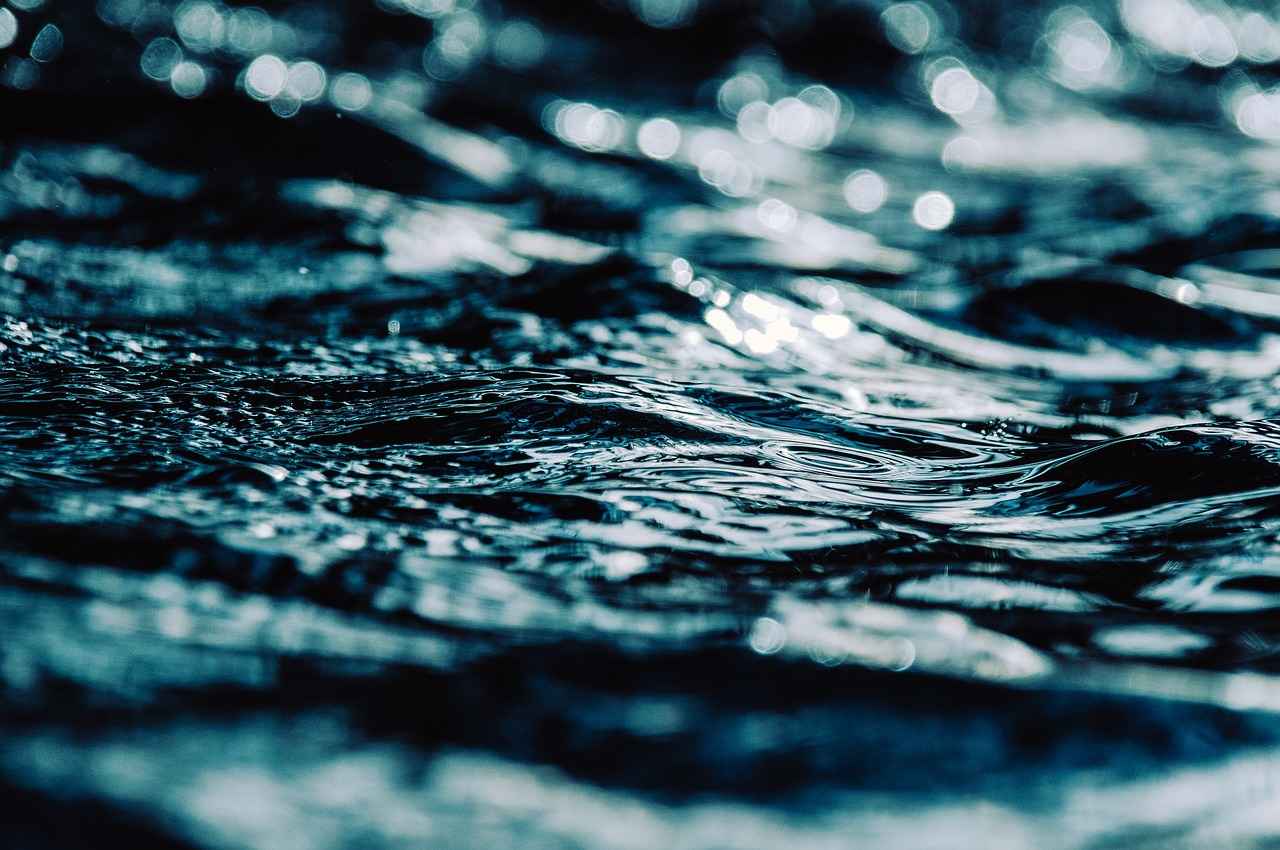
Experimental Evidence of the Mpemba Effect
The Mpemba effect, the phenomenon where warm water freezes faster than cold water, has intrigued scientists for decades. To better understand this effect, numerous experiments have been conducted, yielding a variety of findings that both support and challenge the concept. This section will delve into some of the key studies that have explored the Mpemba effect, highlighting their methodologies and conclusions.
- Mpemba and Gany’s Experiment (1969): One of the earliest documented studies was conducted by Erasto Mpemba and Dr. Denis Gany. They observed that hot ice cream mix froze faster than cold mix. This observation, initially dismissed, ignited further research into the Mpemba effect.
- University of Oregon Study (2010): Researchers at the University of Oregon conducted a series of experiments to analyze the Mpemba effect. They found that warm water, when subjected to specific conditions, froze faster than cold water. They attributed this to factors such as evaporation and convection currents that enhanced cooling.
- UCL Study (2012): A team at University College London conducted experiments that suggested warm water could freeze faster due to differences in the properties of water at varying temperatures. Their findings indicated that the structure of water molecules changes with temperature, affecting freezing rates.
Different studies have employed various methodologies to investigate the Mpemba effect:
- Controlled Environments: Many experiments were conducted in controlled settings to minimize external variables. For example, researchers often used identical containers and maintained consistent environmental conditions to ensure reliable results.
- Variable Temperature Measurements: Some studies utilized precise temperature measurements to monitor the cooling rates of warm and cold water. This allowed researchers to analyze the freezing point and determine how quickly each sample reached that point.
- Evaporation Monitoring: In some experiments, the rate of evaporation was measured as a contributing factor. The hypothesis was that warmer water evaporates more quickly, reducing the volume and allowing the remaining water to freeze faster.
Despite the intriguing nature of the Mpemba effect, not all studies have produced consistent results. Some researchers have struggled to replicate the findings, leading to skepticism regarding the phenomenon. A notable study by the University of California, Berkeley, found no significant difference in freezing rates between warm and cold water under identical conditions.
This inconsistency has led to debates within the scientific community about the validity of the Mpemba effect. Some scientists argue that the effect may only occur under specific conditions, such as the shape of the container or the initial temperature of the water. Others believe that the phenomenon is an artifact of experimental error.
The experimental evidence surrounding the Mpemba effect is both fascinating and complex. While numerous studies support the idea that warm water can freeze faster than cold water, the variability in results highlights the need for further research. Understanding the Mpemba effect not only challenges our perceptions of freezing but also opens avenues for practical applications in various fields, including refrigeration and cooking.
Notable Experiments and Findings
The Mpemba effect, a fascinating phenomenon where warm water freezes faster than cold water, has sparked curiosity and debate among scientists for decades. To better understand this effect, numerous experiments have been conducted, each employing different methodologies to explore the underlying principles. In this section, we will discuss some of the most notable experiments and their findings that aim to validate the Mpemba effect.
- Mpemba and Gany’s Experiment (1969): One of the earliest documented experiments was conducted by Erasto Mpemba and Dr. Denis Gany. They observed that hot water in a shallow container froze faster than cold water. Their methodology involved placing equal volumes of hot and cold water in identical containers and monitoring the freezing times in a freezer. The results supported the Mpemba effect, leading to further investigations.
- University of Oregon Study (2010): A group of researchers at the University of Oregon sought to replicate the Mpemba effect under controlled conditions. They varied several factors, including the size and shape of the containers, the initial temperatures of the water, and the surrounding environment. Their findings indicated that warm water could freeze faster than cold water, particularly when the water was subjected to specific conditions, such as increased evaporation rates.
- Experiments by Professor William P. McGowan (2015): McGowan’s team conducted a series of experiments to explore the role of evaporation in the Mpemba effect. They tested water samples at various temperatures and found that the evaporation of warm water significantly reduced its volume, allowing it to freeze more quickly. This study emphasized the importance of environmental factors in understanding the Mpemba effect.
- Research by the University of California (2019): Researchers at UC conducted experiments focusing on the molecular behavior of water. They utilized high-speed cameras to observe the freezing process. Their results suggested that the molecular structure of warm water undergoes changes that may facilitate faster freezing, thereby supporting the Mpemba effect.
- Global Studies and Meta-Analysis (2021): A comprehensive meta-analysis of various global studies on the Mpemba effect was published, consolidating findings from multiple experiments. This analysis confirmed that while the Mpemba effect is not universally reproducible, it can occur under specific conditions, such as when the water is subjected to rapid cooling or when using certain types of containers.
These experiments highlight the complexity of the Mpemba effect and the various factors that contribute to it. While some studies have successfully demonstrated the effect, others have raised questions about its reproducibility. The ongoing research continues to explore this intriguing phenomenon, shedding light on the interplay between temperature, molecular behavior, and environmental conditions.
In summary, the notable experiments conducted over the years have provided valuable insights into the Mpemba effect. They reveal that while warm water can freeze faster than cold water, the outcome is influenced by a multitude of factors, making it a compelling subject for further scientific inquiry.
Debates and Controversies
The Mpemba effect, the observation that warm water can freeze faster than cold water, has sparked significant debate within the scientific community. Despite numerous studies attempting to validate this phenomenon, opinions vary widely regarding its validity and reproducibility. This section will delve into the differing views among scientists and explore the reasons behind this ongoing controversy.
One of the primary reasons for the debate surrounding the Mpemba effect is the inconsistency of experimental results. While some studies have successfully demonstrated the effect under specific conditions, others have failed to replicate these findings. For instance, a study conducted by researchers at the University of Rwanda found that warm water did freeze faster than cold water in certain environmental conditions, while other experiments conducted in controlled laboratory settings yielded no significant differences in freezing times. This inconsistency raises questions about the reliability of the Mpemba effect as a universally applicable phenomenon.
Moreover, scientists have proposed various mechanisms to explain the Mpemba effect, each with its own set of assumptions and implications. Some researchers argue that the effect may be attributed to factors such as evaporation, where the warmer water loses some of its mass, thus reducing the volume that needs to freeze. Others suggest that the structure of the water molecules and the formation of hydrogen bonds play a crucial role in the freezing process. The lack of consensus on the underlying causes further complicates the discussion, leaving room for skepticism and differing interpretations.
- Evaporation: Warm water can evaporate more quickly, potentially leading to a smaller volume that freezes faster.
- Convection Currents: The movement of warmer water may create convection currents that facilitate faster cooling.
- Supercooling: Cold water may undergo supercooling, delaying the freezing process.
Another aspect of the debate involves the methodology used in experiments. Critics argue that variations in experimental design, such as the type of containers used, the purity of the water, and environmental factors like humidity and air pressure, can significantly impact the results. Consequently, the reproducibility of the Mpemba effect is often called into question, as slight changes in conditions can lead to vastly different outcomes.
Additionally, the Mpemba effect has attracted attention beyond academia, with popular science articles and social media discussions contributing to its mystique. This public interest can sometimes lead to misunderstandings about the scientific principles involved, further complicating the discourse. As a result, some scientists feel pressured to either support or refute the effect publicly, which can skew the perception of the evidence available.
In conclusion, the Mpemba effect remains a captivating subject that continues to provoke discussion and investigation. The varying opinions among scientists highlight the complexities involved in understanding this phenomenon. As research progresses and methodologies improve, it is possible that a clearer picture will emerge, shedding light on the mysteries of water behavior and the conditions under which warm water may indeed freeze faster than cold water.
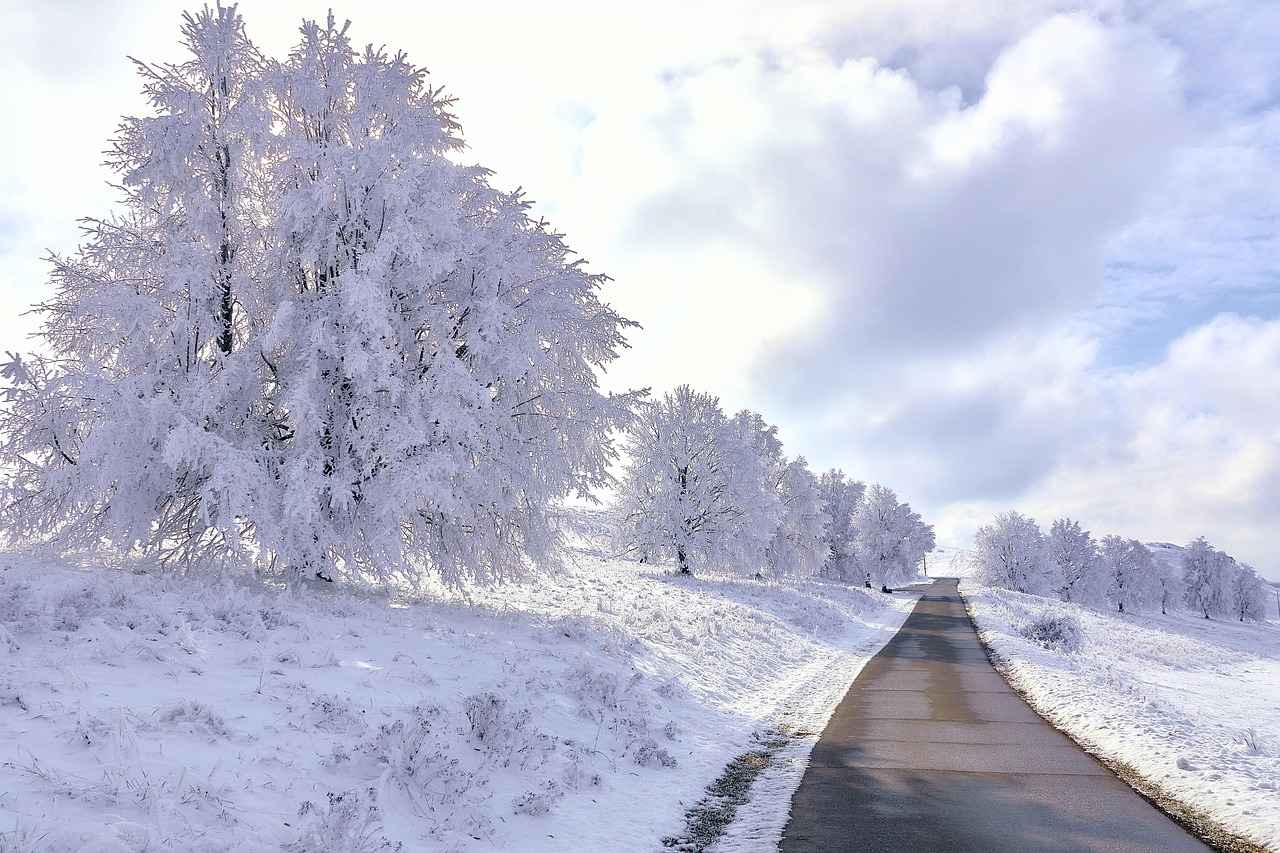
Practical Implications of the Mpemba Effect
The Mpemba effect, which suggests that warm water can freeze faster than cold water, has intriguing implications that extend beyond mere scientific curiosity. Understanding this phenomenon can lead to practical applications in various fields, particularly in food preservation and refrigeration technology.
In the realm of refrigeration, harnessing the Mpemba effect could revolutionize how we approach freezing processes. One potential application is in the design of energy-efficient freezers. By optimizing the freezing cycle to take advantage of warm water’s faster freezing rate, manufacturers could reduce energy consumption and improve overall efficiency. This could lead to significant cost savings for both consumers and businesses, particularly in industries that rely heavily on refrigeration, such as food service and pharmaceuticals.
Moreover, the Mpemba effect could enhance the performance of cryogenic cooling systems. These systems, which are used in various high-tech applications, could benefit from incorporating this phenomenon to achieve quicker freezing times, thus improving the quality of products that require rapid freezing.
For the average consumer, understanding the Mpemba effect can lead to practical tips in the kitchen. For instance, when preparing meals that require freezing, starting with warm water or warm ingredients may lead to quicker freezing times. This can be particularly useful when making ice cubes or freezing leftovers, as it helps maintain the food’s texture and flavor by reducing the time it spends in the freezer.
- Quick Ice Cubes: When hosting parties, using warm water to make ice cubes can yield faster results, ensuring you have enough ice on hand.
- Efficient Freezing of Soups and Stews: Pouring warm soup into containers before freezing can help it freeze more quickly, preserving its taste and nutritional value.
- Rapid Cooling of Beverages: If you need to chill drinks quickly, starting with warm water can expedite the cooling process, making it a handy trick for gatherings.
The Mpemba effect also has implications for food preservation techniques. By freezing food more rapidly, it can help lock in nutrients and flavors, which is particularly important for maintaining the quality of fresh produce and meat products. This could lead to better outcomes in both home cooking and commercial food production.
Additionally, understanding this phenomenon can inform best practices in food safety. For example, knowing that warm water freezes faster may encourage individuals to avoid leaving perishable items at room temperature for extended periods, thus reducing the risk of spoilage and foodborne illnesses.
As research into the Mpemba effect continues, its applications may expand even further. Scientists are investigating the underlying mechanisms of this phenomenon, which could lead to innovative solutions in various fields, including environmental science and engineering. For instance, better understanding of how temperature affects freezing could lead to advancements in climate control technologies, improving energy efficiency in buildings and reducing overall energy consumption.
In conclusion, the Mpemba effect not only challenges our understanding of freezing but also opens the door to numerous practical applications in everyday life and various industries. By embracing this phenomenon, we can enhance efficiency, improve food quality, and contribute to more sustainable practices in cooking and refrigeration.
Applications in Refrigeration Technology
The Mpemba effect, a fascinating phenomenon where warm water can freeze faster than cold water, opens up intriguing possibilities, especially in the realm of refrigeration technology. By harnessing this effect, we could potentially revolutionize the efficiency of freezing processes, leading to significant advancements in various industries.
Understanding the Impact of the Mpemba Effect
At its core, the Mpemba effect challenges our traditional understanding of thermodynamics. When applied to refrigeration, this effect can lead to faster freezing times, which in turn could enhance operational efficiency and reduce energy consumption. As industries strive for sustainability, leveraging the Mpemba effect provides a compelling avenue for innovation.
Enhancing Freezing Efficiency
One of the primary applications of the Mpemba effect in refrigeration technology is in the design of more efficient freezing systems. By utilizing warm water in specific freezing processes, manufacturers can decrease the time it takes to reach the desired temperature. This reduction in freezing time not only saves energy but also minimizes the formation of ice crystals, which can compromise the quality of frozen products.
- Food Preservation: In the food industry, rapid freezing is crucial for maintaining the texture and flavor of products. Implementing the Mpemba effect could lead to better preservation techniques, ensuring that food retains its quality during storage.
- Ice Production: For businesses that rely on ice production, such as restaurants and catering services, adopting methods that utilize the Mpemba effect could significantly lower costs and increase output.
Innovations in Refrigeration Design
Refrigeration units could be designed to take advantage of the Mpemba effect by incorporating systems that allow for the introduction of warm water. This could involve specialized containers or adjustable temperature settings that optimize freezing times. By rethinking the way refrigeration systems are constructed, manufacturers can create more versatile and efficient products.
Energy Savings and Environmental Benefits
Utilizing the Mpemba effect could also contribute to energy savings on a larger scale. Traditional refrigeration methods often consume significant amounts of energy, particularly during the freezing process. By reducing the time required to freeze water, businesses can lower their overall energy consumption, leading to a smaller carbon footprint. This aligns with global efforts towards sustainable practices and energy efficiency.
Challenges and Considerations
While the potential applications of the Mpemba effect in refrigeration technology are promising, it is essential to approach this phenomenon with caution. The effect does not occur under all conditions, and various factors, such as the purity of water and environmental conditions, can influence its efficacy. Further research and experimentation are required to fully understand how to implement this effect in practical applications.
Future Directions in Research
As scientists continue to explore the Mpemba effect, future studies may uncover additional applications beyond refrigeration. Understanding the underlying mechanisms could lead to breakthroughs in other areas, such as cryogenics or even climate control technologies. The ongoing investigation into this effect highlights the interconnectedness of scientific principles and their potential impact on technology and industry.
In conclusion, the Mpemba effect holds exciting possibilities for advancements in refrigeration technology. By embracing this phenomenon, industries can improve efficiency, reduce energy consumption, and enhance the quality of frozen products. As research progresses, the practical implications of the Mpemba effect will likely become more pronounced, paving the way for innovative solutions in refrigeration and beyond.
Everyday Uses in Cooking and Food Storage
The Mpemba effect, which suggests that warm water can freeze faster than cold water under certain conditions, can be quite useful in practical scenarios, especially in cooking and food storage. Understanding this phenomenon can help you make informed decisions in the kitchen, ultimately leading to better food preservation and preparation techniques.
- Rapid Cooling Techniques: When preparing foods that require cooling, such as soups or sauces, starting with warm water can expedite the freezing process. For instance, if you need to chill a large pot of soup quickly, consider using warm water to fill ice trays or containers, as it may freeze faster than cold water.
- Ice Production: If you’re in need of ice for drinks or food presentation, filling ice cube trays with warm water can lead to quicker ice formation. This is particularly useful during parties or gatherings when you need ice on short notice.
- Food Storage: When freezing leftovers, using warm water to prepare your food can lead to a faster freezing time. This can help preserve the texture and flavor of your food, reducing the risk of freezer burn.
- Efficient Thawing: If you find yourself needing to thaw frozen food quickly, placing it in a bowl of warm water can be more effective than cold water. This method increases the temperature gradient, allowing heat to transfer more efficiently, thus speeding up the thawing process.
- Cooking Techniques: When boiling pasta or rice, starting with warm water may help reduce cooking time. This can be particularly beneficial when preparing meals in large quantities.
In addition to these practical applications, understanding the Mpemba effect can inspire creativity in the kitchen. For example, experimenting with different temperatures of water when making ice cream or sorbets can yield varying textures and flavors.
It’s important to note that while the Mpemba effect can be advantageous, it may not always produce consistent results. Factors such as the type of container, the initial temperature of the water, and environmental conditions can all influence the freezing process. Therefore, it is advisable to conduct small experiments to see how the Mpemba effect works in your specific kitchen environment.
Overall, leveraging the Mpemba effect in cooking and food storage can enhance efficiency and improve the quality of your culinary creations. By being aware of this intriguing phenomenon, you can make smarter choices that save time and resources in the kitchen.

Conclusion: The Ongoing Mystery of Water Freezing
The Mpemba effect presents a fascinating mystery in the world of physics and chemistry. This phenomenon suggests that, under certain conditions, warm water can freeze faster than cold water. While this idea may seem counterintuitive, it has intrigued scientists and researchers for decades. As we delve deeper into the complexities of water behavior, our understanding of this effect continues to evolve.
The Mpemba effect is named after Erasto Mpemba, a Tanzanian student who observed this phenomenon in the 1960s. His findings sparked interest in the scientific community, leading to numerous studies aimed at uncovering the underlying mechanisms. The significance of this effect lies not only in its surprising nature but also in what it reveals about the properties of water.
To comprehend why warm water may freeze faster, it is essential to explore the freezing process itself. When water is cooled, its molecules lose energy and slow down, eventually forming a solid structure. However, the dynamics of this process can be influenced by the initial temperature of the water.
Water molecules exhibit different levels of movement based on their temperature. At higher temperatures, these molecules move more rapidly, which can lead to increased interactions with the surrounding environment. This heightened activity can result in a more efficient freezing process under certain conditions.
Energy transfer is crucial in the freezing process. When warm water is placed in a freezing environment, it can facilitate faster heat loss compared to cold water. This rapid energy transfer may contribute to the Mpemba effect, as the warm water can reach freezing temperatures more quickly than its colder counterpart.
The unique hydrogen bonding in water plays a significant role in its freezing behavior. These bonds are responsible for the structure and properties of water, influencing its freezing point. Understanding how these bonds interact during the freezing process can shed light on the Mpemba effect.
Various environmental conditions can impact the freezing rate of water. Factors such as air pressure, humidity, and even the shape of the container holding the water can influence how quickly water freezes. For instance, a wider container may allow for faster heat loss, enhancing the Mpemba effect.
Numerous experiments have been conducted to validate the Mpemba effect. These studies have produced varying results, with some confirming the phenomenon while others challenge its consistency. A thorough examination of key studies can provide insights into the complexities of this effect.
Several significant experiments have aimed to demonstrate the Mpemba effect. For example, researchers have tested different water temperatures and environmental conditions to observe the freezing rates. These methodologies have yielded diverse outcomes, highlighting the need for further investigation.
Despite various studies, the Mpemba effect remains a topic of debate within the scientific community. Some scientists argue that the effect is not consistently reproducible, while others emphasize the need for more controlled experiments to understand the underlying principles better. This ongoing discourse reflects the complexities associated with studying water behavior.
Understanding why warm water freezes faster can have practical applications in various fields. From cooking to refrigeration technology, the Mpemba effect can influence how we approach freezing processes.
The Mpemba effect could lead to advancements in refrigeration technology. By leveraging this phenomenon, industries may improve efficiency in freezing processes, potentially reducing energy consumption and costs.
In the kitchen, knowledge of the Mpemba effect can be beneficial for cooking and food storage. For instance, chefs might utilize warm water to expedite freezing, enhancing food preservation techniques and improving overall culinary practices.
As research continues, our understanding of the Mpemba effect will likely evolve, shedding light on the complexities of water behavior and its implications in various fields.
Frequently Asked Questions
- What is the Mpemba effect?
The Mpemba effect is the surprising phenomenon where warm water can freeze faster than cold water under certain conditions. It challenges our common understanding of how temperature affects freezing.
- Why does warm water freeze faster?
Warm water may freeze faster due to several factors, including increased evaporation, differences in molecular movement, and the unique properties of hydrogen bonding in water. These factors can create conditions that facilitate quicker freezing.
- Are there specific conditions that enhance the Mpemba effect?
Yes! Factors such as lower air pressure, higher humidity, and the shape of the container can significantly influence the freezing rate. For instance, a wider container may allow for faster heat loss, enhancing the effect.
- Is the Mpemba effect scientifically proven?
While many experiments have been conducted to observe the Mpemba effect, it remains a topic of debate among scientists. Some studies support its validity, while others struggle to reproduce consistent results.
- How can the Mpemba effect be applied in everyday life?
Understanding the Mpemba effect can be useful in cooking and food storage. For example, starting with warm water when freezing can potentially save time and energy in certain scenarios.
